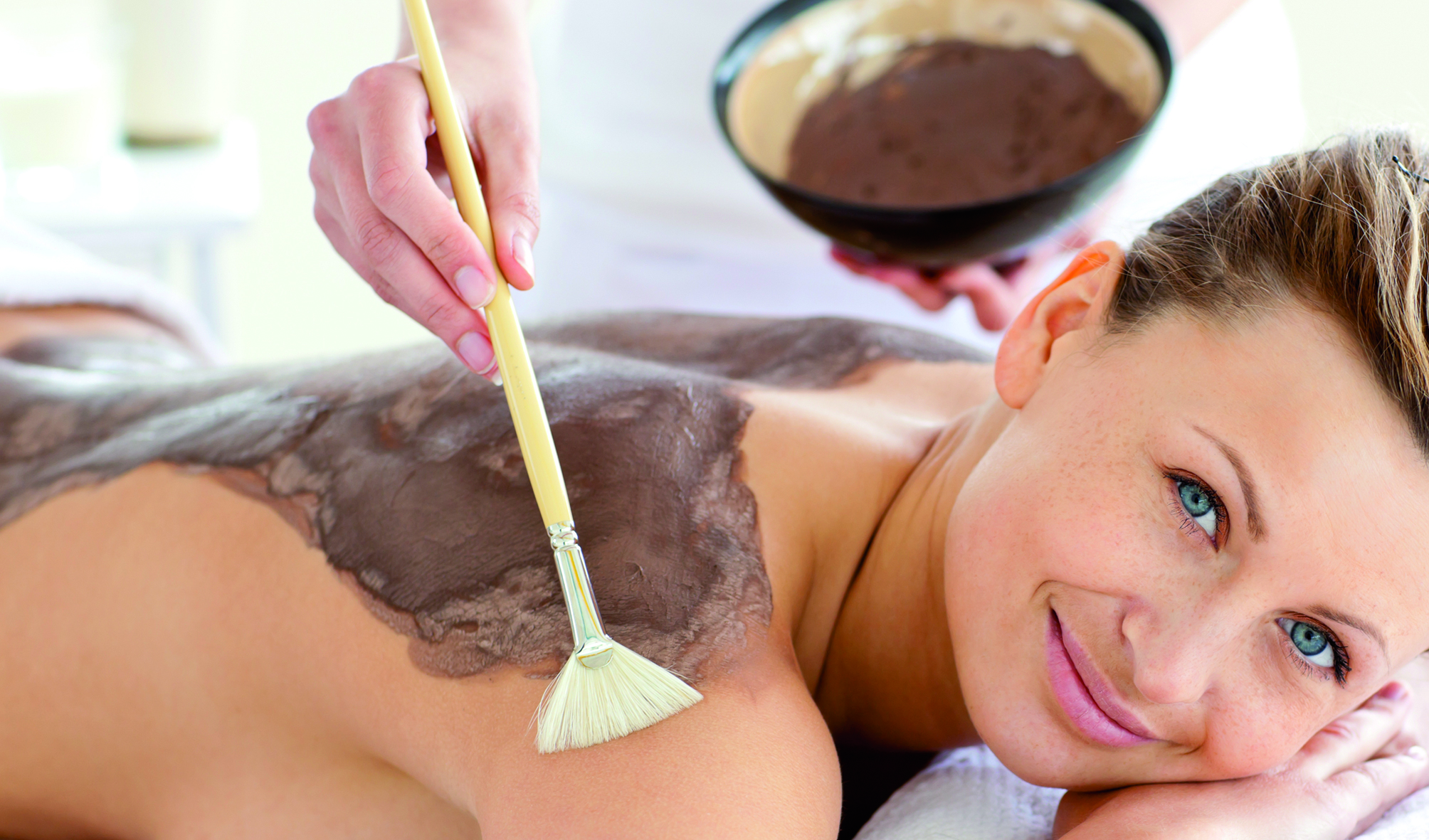Breaking Barriers to Spa Experiences:
10 Reasons Why Some People Haven’t Visited a Spa and How to Overcome Them
Dear Beauticians and Spa Owners,
In the world of beauty and wellness, your role is to create transformative experiences that leave your clients feeling rejuvenated and empowered. However, some individuals may have never been to a spa or might be hesitant to try one. In this blog post, we’ll explore 10 common reasons why some people haven’t visited a spa and provide you with 10 powerful strategies to overcome these obstacles, inviting more clients to embark on a journey of relaxation and self-care.
Reasons Why Some People Haven’t Visited a Spa:
1-Lack of knowledge: Some people may not be familiar with what a spa offers or are unaware of the various treatments and services available, which can make them uninterested in visiting.
Education and awareness: The spa can conduct marketing campaigns that focus on educating people about the physical and mental health benefits of spa treatments. Testimonials from satisfied clients can be shared, and detailed information about the services offered can be provided.
2-Cost: Spa services can be expensive, which can be a barrier for many people who prefer to invest their money in other activities or needs.
Offers and promotions: To counter the cost obstacle, the spa can offer special packages, discounts for new clients, or loyalty programs that reward frequent customers. They could also offer discounts on less busy days or times to attract those seeking a more economical experience.
3-Feeling of discomfort: Some people may feel uncomfortable with the idea of undressing or receiving relaxation treatments in a public setting, which can deter them from visiting a spa.
Privacy and comfort: The spa can focus on offering private and cozy areas for those who prefer a more intimate environment. They can also implement home services for those who feel more comfortable receiving treatments in the comfort of their homes.
4-Introversion: Introverted individuals may prefer the privacy and tranquility of their home or intimate spaces instead of socializing or interacting with strangers at a spa.
Personalized attention: Training spa staff to provide personalized and understanding care can help overcome the discomfort of some clients. The staff should be friendly, respectful, and willing to adapt to individual needs and preferences.
5-Lack of time: The fast-paced lifestyle of many people may make it difficult for them to reserve time to visit a spa, leading them to never consider it.
Flexible schedules: The spa can offer broad and flexible operating hours, including weekends and evening hours, to accommodate busy client schedules and make it easier for them to visit.
6-Cultural or religious beliefs: Some cultures or religions may have restrictions or disapproval regarding certain spa treatments, which can influence the decision not to attend one.
Respect for cultural and religious beliefs: The spa should be mindful of the cultural or religious beliefs and restrictions that potential clients may have and offer treatment options that are respectful and align with their preferences.
7-Disinterest in beauty treatments: Some people simply are not attracted to beauty treatments or personal care, which may make the spa environment unappealing to them.
Variety of services: Offering a wide range of treatments and services, not just focused on beauty, but also on well-being, relaxation, and health, can attract those seeking different experiences at the spa.
8-Preference for outdoor or sports activities: Those who enjoy more active and outdoor activities may feel that a spa does not cater to their interests or entertainment needs.
Outdoor spaces and activities: If possible, the spa could offer outdoor areas or nature-related and exercise-related activities to attract those who prefer this type of experience.
9-Fear of intimacy or physical contact with strangers: Some people may experience anxiety or discomfort at the idea of receiving spa treatments that involve close physical contact with unfamiliar therapists.
Respect for privacy: The spa can implement clear policies on privacy and physical contact, ensuring that clients feel safe and respected during their treatments.
10-Different priorities: Ultimately, people have different priorities and interests in life, and the spa simply may not be on the list of activities they consider valuable or meaningful.
Focus on holistic well-being: For those who do not view the spa as a priority, the spa’s focus could be expanded to promote holistic well-being and not just beauty treatments. This could include meditation workshops, yoga classes, nutrition talks, among other activities related to general well-being.
By understanding the reasons why some people haven’t visited a spa and employing these strategies to overcome the obstacles, you can open your spa’s doors to a broader audience. Encourage your team to embrace inclusivity, provide genuine care, and showcase the remarkable benefits of spa experiences. Through these efforts, you will create a welcoming haven where clients can discover the transformative power of self-care and emerge feeling refreshed, rejuvenated, and eager to return.
Best wishes for a successful journey in breaking barriers and welcoming more clients to your spa!




